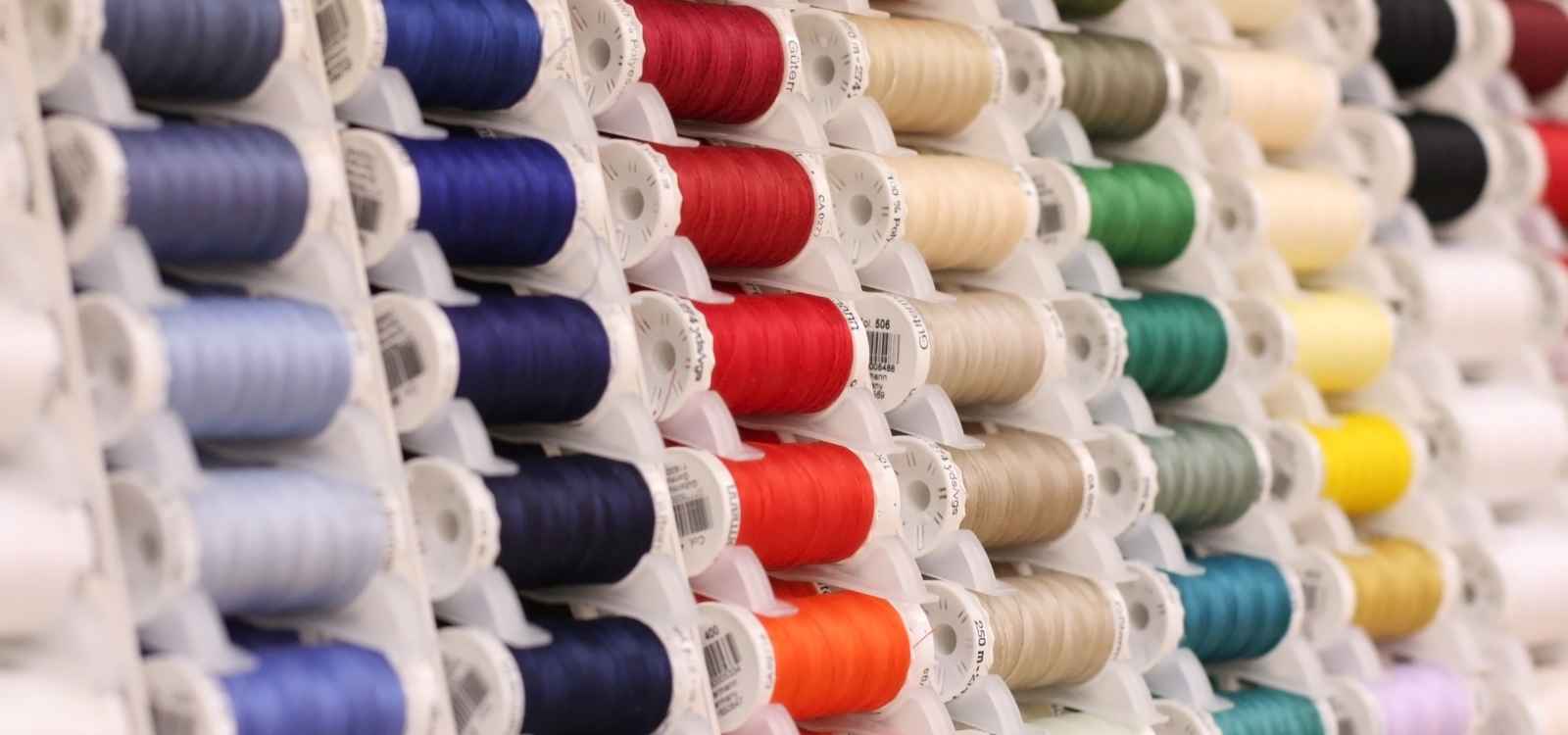Textile fibers are the raw materials used to make textiles and fabrics. They are slender, thread-like structures that can be natural or synthetic and are the building blocks of all textile products. These fibers are spun or woven together to create fabrics, which are then used to make a wide range of items, such as clothing, upholstery, bedding, and more.
There are two primary categories of textile fibers:
- Natural Fibers: These fibers are obtained from plants, animals, or minerals. Some common natural fibers include cotton (from the cotton plant), wool (from sheep), silk (from silkworms), and linen (from the flax plant). These fibers have been used for thousands of years and are valued for their unique properties and comfort.
- Synthetic Fibers: Synthetic fibers are man-made and are created through chemical processes. They are designed to have specific characteristics, such as durability, strength, or resistance to moisture. Examples of synthetic fibers include polyester, nylon, and acrylic.
Textile fibers can vary in terms of their texture, strength, color, and other properties, making them suitable for different applications. Fabrics made from these fibers can range from lightweight and breathable to heavy and durable, depending on the type of fiber and the manufacturing process.
In the textile industry, fibers are often blended or mixed to create fabrics that offer a combination of desirable properties. The choice of fiber or fiber blend depends on the intended use of the textile and the desired characteristics, such as softness, breathability, strength, or stretch.
Understanding the characteristics and properties of different textile fibers is crucial in the design and production of textiles, as it allows manufacturers to create products that meet specific performance and comfort requirements for various applications.
Natural Textile Fibers
- Cotton – Known for its softness and breathability, cotton fibers are derived from the cotton plant. They are widely used in clothing and home textiles.
- Wool – Wool fibers, obtained from sheep, are cherished for their warmth and insulating properties. They are often used in sweaters and winter wear.
- Silk – Silk, produced by silkworms, is revered for its luxurious texture and natural sheen. It is commonly used in high-end fashion.
- Linen – Linen fibers, derived from the flax plant, offer excellent moisture-wicking properties and are ideal for summer clothing.
Synthetic Textile Fibers
- Polyester – Polyester fibers are known for their durability and resistance to wrinkles. They are commonly used in sportswear and outdoor fabrics.
- Nylon – Nylon fibers are strong and elastic, making them suitable for hosiery, swimsuits, and other stretchy garments.
- Acrylic – Acrylic fibers mimic the softness and warmth of wool, often used as a cost-effective alternative.
- Rayon – Rayon fibers offer a silk-like appearance and are frequently used in blouses and dresses.
Key Properties of Textile Fibers
Understanding the properties of textile fibers is crucial for choosing the right material for a specific application. Here are some key properties to consider:
1. Strength
The strength of a textile fiber determines its durability. Fibers like nylon and polyester are known for their high tensile strength, making them suitable for heavy-duty applications.
2. Elasticity
Elasticity is the ability of a fiber to stretch and return to its original shape. Fibers such as spandex are highly elastic, providing comfort and flexibility in clothing.
3. Absorbency
Absorbency relates to a fiber’s capacity to take in moisture. Cotton fibers excel in this regard, making them ideal for towels and bed linens.
4. Thermal Properties
Wool fibers have excellent thermal properties, providing insulation in cold weather, while linen fibers offer breathability for hot climates.
5. Color Retention
Some fibers, like acrylic, have exceptional color retention, ensuring that the fabric remains vibrant and doesn’t fade easily.
6. Flame Resistance
Certain fibers, such as flame-resistant synthetic fibers, are used in protective clothing to prevent combustion.
How Fiber Properties Impact Textile Products
The properties of textile fibers play a pivotal role in determining the performance of textile products. For instance, when making outdoor gear, durability, and water resistance are crucial, which is why nylon and polyester are often preferred. On the other hand, when designing lingerie, comfort and breathability are paramount, making cotton and spandex popular choices.
In conclusion, the properties of textile fibers are as diverse as the textiles themselves. Whether you’re designing a cozy sweater, a high-performance sports jacket, or elegant evening wear, selecting the right fiber is the first step to creating a successful textile product.
Frequently Asked Questions
Q: What are the most commonly used natural textile fibers?
A: Cotton, wool, silk, and linen are among the most commonly used natural textile fibers.
Q: Which synthetic fiber is known for its exceptional strength?
A: Nylon is renowned for its high tensile strength and is commonly used in products that require durability.
Q: What properties make wool a preferred choice for winter clothing?
A: Wool has excellent thermal properties, providing warmth and insulation in cold weather.
Q: How do textile fiber properties influence the choice of fabric for sportswear?
A: Sportswear often requires durability and moisture-wicking properties, which are influenced by the choice of textile fibers.
Q: Can you recommend a cost-effective alternative to wool for clothing?
A: Acrylic fibers are a cost-effective alternative to wool, offering similar softness and warmth.






